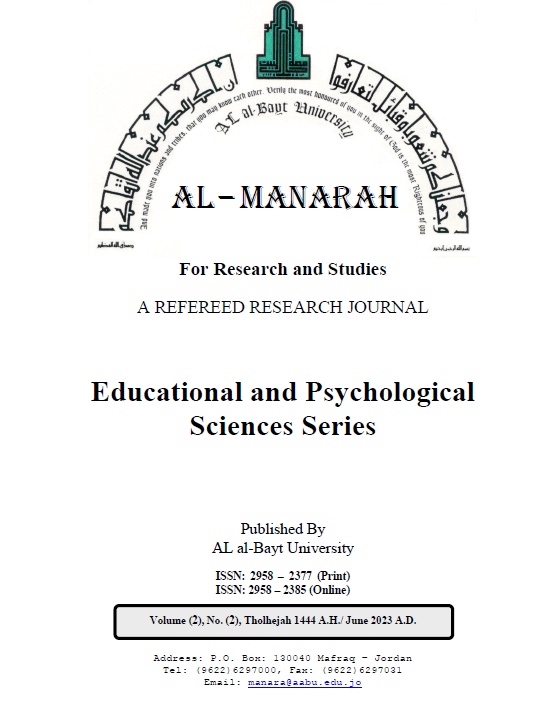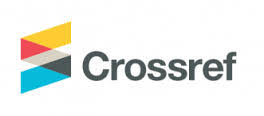The Effectiveness of the Robinson Model (SQ3R) in Improving the Ability to Solve the Problem among Seventh Grade Students
DOI:
https://doi.org/10.59759/educational.v2i2.231Keywords:
Robinson Model SQ3R, Problem Solving, Seventh GradeAbstract
This study aimed to identify the effectiveness of the Robinson model (SQ3R) in improving the ability to solve the problem among seventh grade students. To achieve the objective of the study, the problem-solving test was built with its four skills (understanding the problem, collecting data and selecting relevant information, solving the problem, reviewing the solution and verify its authenticity), in addition to verifying its validity and reliability. The semi-experimental approach was used, with a pre- and post-test. The sample of study consisted of (34) female students, equally distributed among the control and experimental groups. The results of the study showed that there were statistically significant differences between the averages for the performance of students of the experimental and control groups in each problem-solving skill individually, and on the total problem-solving test due to the teaching method and in favor of the experimental group. In light of the results of the study, the researchers recommend the necessity of employing the Robinson Model (SQ3R) in teaching mathematics to seventh grade.



